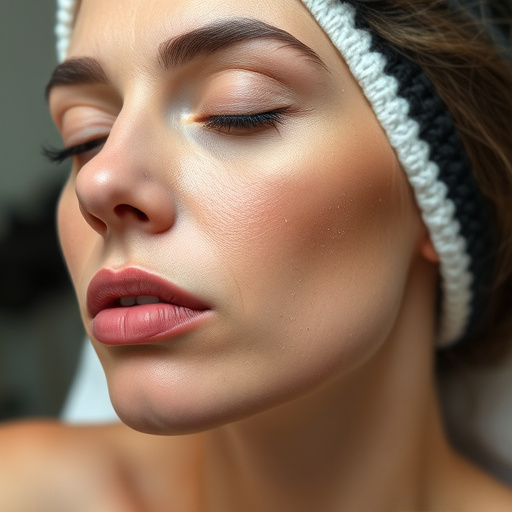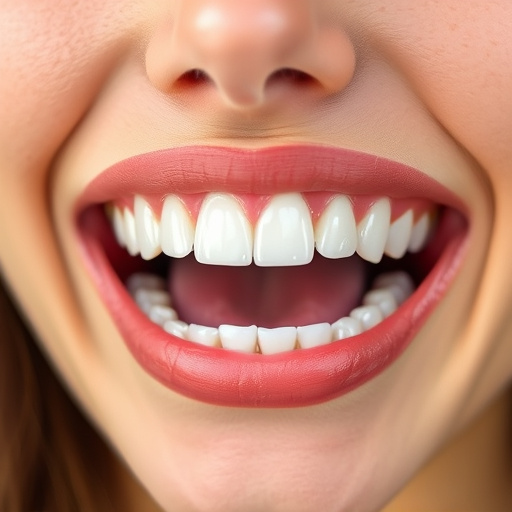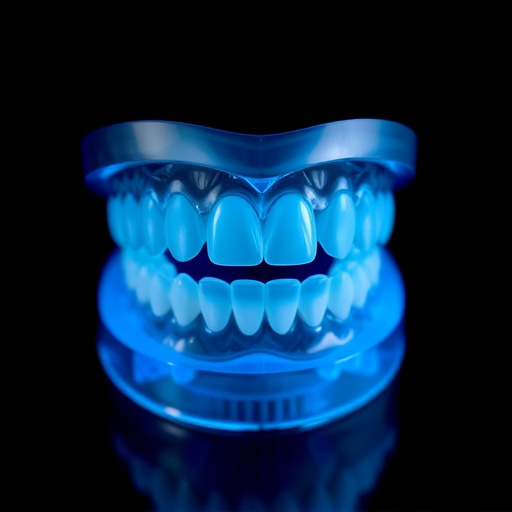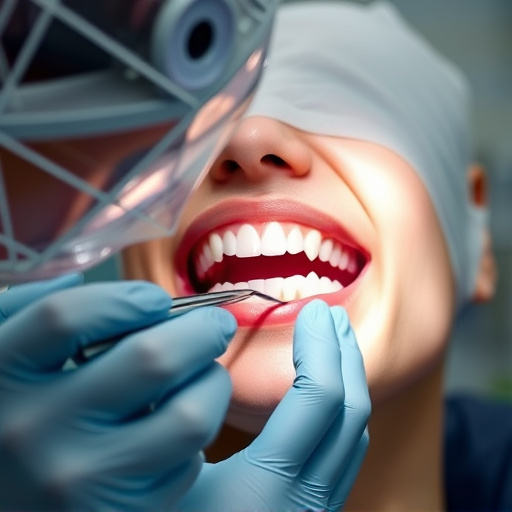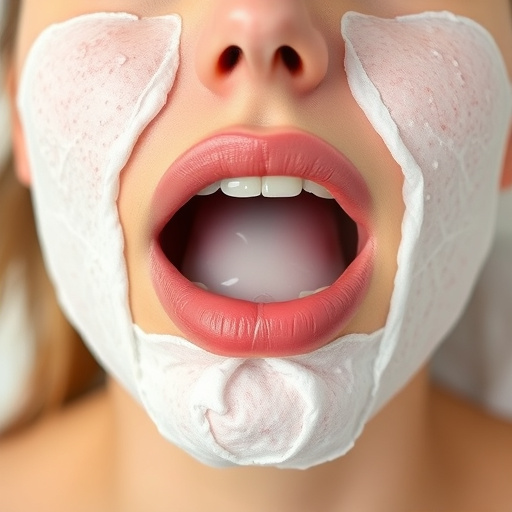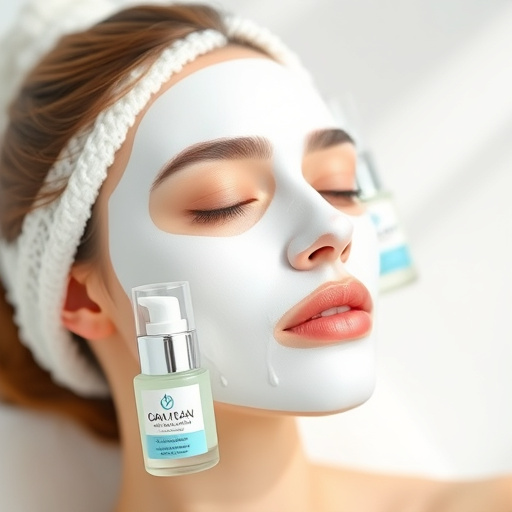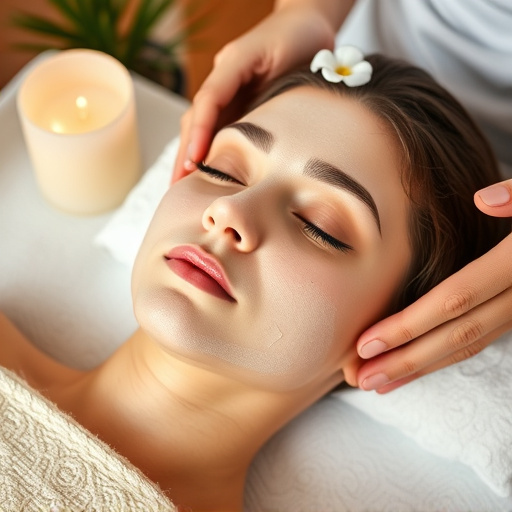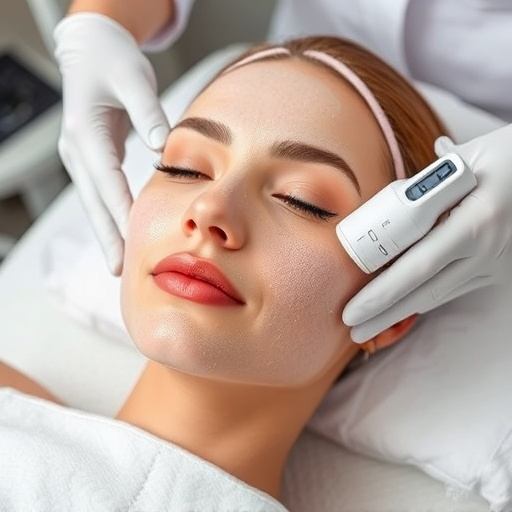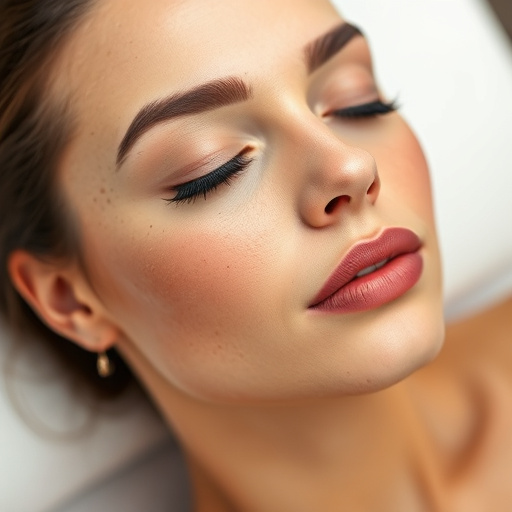Razor bumps, a common shaving issue affecting men and women, cause small red raised bumps due to skin inflammation. Treatment options range from topical medications and chemical peels to advanced procedures like microneedling and customized facials. Darker-skinned individuals require personalized care as they may be more sensitive to treatments, leading to hyperpigmentation. Tailored skincare routines, including gentle exfoliation and targeted serums, offer effective solutions for all skin tones, addressing razor bumps while minimizing side effects.
Is razor bump treatment safe for all skin tones? This question delves into the impact of common shaving practices on diverse complexions, exploring the science behind razor bumps and the effectiveness—or potential risks—of popular treatment methods. Understanding these dynamics is crucial, as proper precautions can ensure safer, more effective skincare for everyone. From the mechanics of razor bumps to safety considerations tailored to different skin tones, this guide offers insights to help you navigate shaving routines with confidence.
- Understanding Razor Bumps and Their Impact Across Skin Tones
- The Science Behind Common Razor Bump Treatment Methods
- Safety Precautions and Considerations for Different Skin Complexions
Understanding Razor Bumps and Their Impact Across Skin Tones
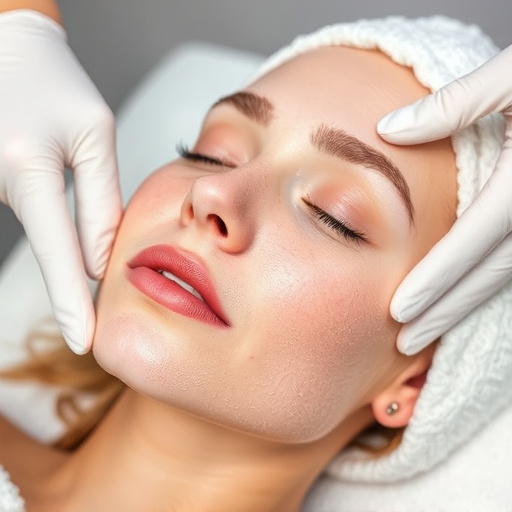
Razor bumps, also known as pseudo-folliculitis barbata, are a common skin concern that arises after shaving or waxing. They present as small, red, raised bumps, often appearing in lines or clusters, primarily on areas where hair grows back through the skin, such as the arms, legs, and face. While they are typically associated with men due to facial hair removal, women can also experience razor bumps, especially during shaving practices.
The impact of razor bumps varies across different skin tones. In darker-skinned individuals, post-inflammatory hyperpigmentation is a frequent consequence, leading to dark spots that can persist for extended periods. This skin tone-related issue further complicates the already complex challenge of managing razor bumps effectively. Thankfully, various treatments are available, including topical medications, chemical peels, and medical spa services designed to rejuvenate the skin, offering hope for a smoother, bump-free complexion regardless of one’s skin tone.
The Science Behind Common Razor Bump Treatment Methods
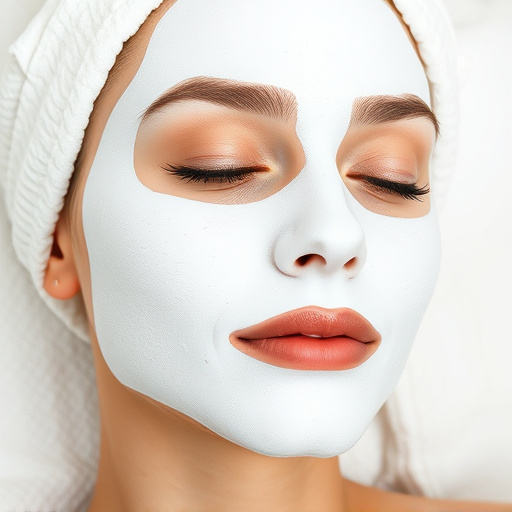
The science behind common razor bump treatment methods involves a deep understanding of skin physiology and inflammation. When hair follicles are irritated by shaving, they can become inflamed, leading to the characteristic red, itchy bumps. Common treatments aim to soothe this inflammation and prevent future breakouts. Topical creams and lotions often contain ingredients like hydrocortisone or salicylic acid, which have anti-inflammatory properties and help reduce skin irritation.
For more persistent or severe cases, procedures such as microneedling therapy and customized facials are recommended. Microneedling involves using tiny needles to create controlled micro-injuries in the skin, stimulating collagen production and improving skin texture. Customized facials, on the other hand, offer a tailored approach by addressing specific skin concerns with a blend of active ingredients and massage techniques. These advanced facial treatments can provide long-lasting results, reducing razor bumps and promoting healthier, smoother skin.
Safety Precautions and Considerations for Different Skin Complexions
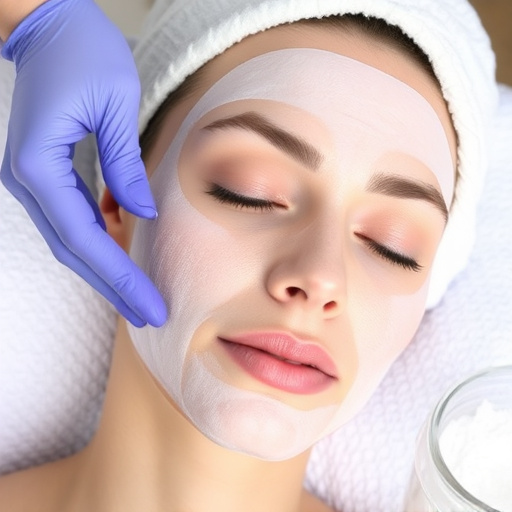
When considering razor bump treatment, it’s essential to recognize that different skin tones may have varying responses to certain procedures and products. While many over-the-counter and clinical treatments are formulated with universal application in mind, individuals with unique skin complexions should approach these solutions with caution. People with darker skin tones often experience heightened sensitivity, especially when it comes to chemical peels and topical agents that can cause temporary irritation or even hyperpigmentation.
Personalized skincare routines are increasingly recognized as a more inclusive and effective approach for managing razor bumps across all complexion types. This involves consulting with dermatologists who can recommend tailored treatments, such as gentle exfoliation techniques, targeted serums, or advanced procedures like microdermabrasion or specific laser therapies designed to rejuvenate the skin without causing further distress.
While razor bump treatment options have advanced, it’s crucial to approach them with caution, especially considering the diverse range of skin tones. The science behind these treatments offers promise, but individual responses vary. For individuals with darker skin tones, specific considerations come into play due to potential pigment changes and sensitivity. Always consult a dermatologist for personalized advice, ensuring safety and effectiveness in managing razor bumps across all complexions.
